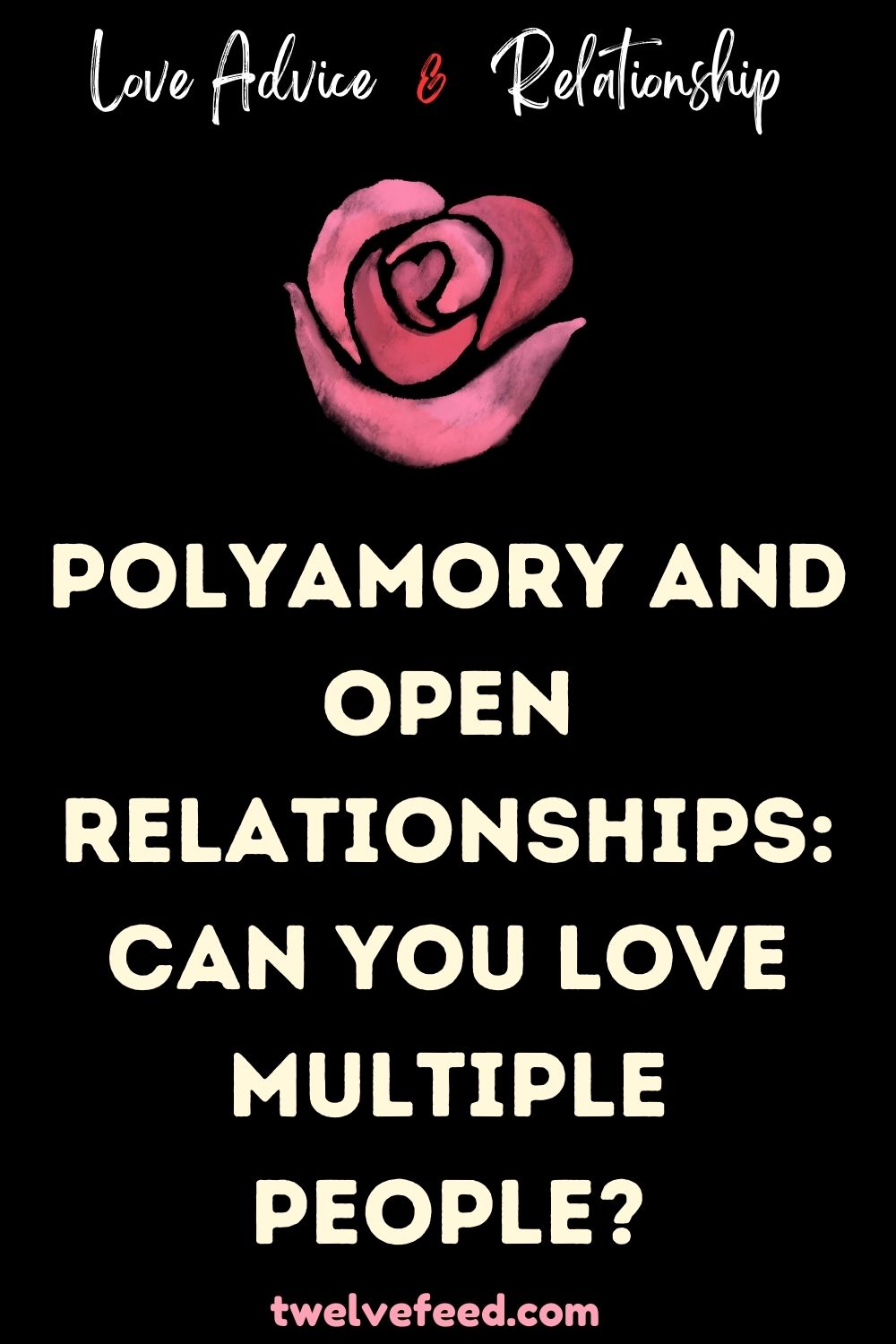
Understanding the Concept
In a world where traditional relationship structures are being continually challenged and redefined, polyamory and open relationships have emerged as significant alternatives. But what do these terms truly entail? Let’s delve into the depths of these relationship dynamics.
What is Polyamory?
Polyamory, derived from the Greek word “poly,” meaning many, and the Latin word “Amor,” meaning love, refers to the practice of having multiple simultaneous romantic relationships with the consent of all parties involved. Unlike monogamy, where individuals are committed to only one partner, polyamory embraces the idea that it is possible to love and be emotionally invested in more than one person at a time.
Understanding Open Relationships
Open relationships also diverge from traditional monogamous norms by allowing individuals to engage in romantic or sexual connections with multiple partners outside of their primary relationship. However, open relationships may vary in structure and rules, as partners define the boundaries and agreements that govern their interactions with others.
Navigating Complexity: Can You Love Multiple People?
One of the most common questions surrounding polyamory and open relationships is whether it is possible to love multiple people simultaneously. The answer lies in understanding the nature of love itself.
The Complexity of Love
Love is a multifaceted and complex emotion that manifests in various forms. From romantic love to platonic affection, love encompasses a spectrum of feelings and experiences. In polyamorous and open relationships, individuals can develop deep emotional connections with multiple partners, each fulfilling different needs and desires.
Embracing Compersion
Compersion, often described as the opposite of jealousy, is a central concept in non-monogamous relationships. It refers to the feeling of joy or happiness experienced when witnessing one’s partner(s) engage in romantic or sexual interactions with others. Rather than viewing their partner’s connections as threats, individuals in polyamorous and open relationships celebrate the love and fulfillment experienced by all parties involved.
Honoring Individual Autonomy
Central to the success of polyamorous and open relationships is the recognition and respect for individual autonomy. Each partner has the freedom to explore connections with others while maintaining open communication and transparency within their primary relationship. By fostering a culture of trust and mutual respect, individuals can navigate the complexities of non-monogamous dynamics with integrity and compassion.
Debunking Myths and Misconceptions
Despite the growing acceptance and visibility of polyamory and open relationships, they are often met with skepticism and misunderstanding. Let’s address some common myths and misconceptions surrounding these relationship models.
Myth: Polyamory is All About Sex
Contrary to popular belief, polyamory is not solely focused on sexual gratification. While physical intimacy may be a component of polyamorous relationships, they are primarily rooted in emotional connection and relational depth. Just like monogamous relationships, polyamorous dynamics involve communication, trust, and mutual respect.
Myth: Open Relationships Lack Commitment
Open relationships are often mistaken for casual flings or arrangements devoid of emotional investment. However, many individuals in open relationships are deeply committed to their primary partners and prioritize their emotional well-being. Openness does not equate to a lack of commitment but rather a willingness to explore alternative relationship structures while maintaining a strong foundation of trust and loyalty.
Myth: Polyamory Leads to Jealousy and Insecurity
While jealousy may arise in any relationship, including polyamorous and open ones, it is not an inherent consequence of non-monogamy. Practicing ethical non-monogamy requires individuals to confront and address their insecurities and communicate openly with their partners. By fostering a culture of cooperation and trust, individuals can navigate jealousy and insecurity with empathy and understanding.
Conclusion: Embracing Diversity in Relationships
In conclusion, polyamory and open relationships offer individuals the opportunity to explore love, intimacy, and connection in diverse and fulfilling ways. By challenging societal norms and embracing non-traditional relationship structures, individuals can cultivate relationships based on honesty, communication, and mutual respect. Whether monogamous or non-monogamous, the key to healthy and fulfilling relationships lies in honoring individual autonomy, fostering open communication, and prioritizing emotional well-being.

